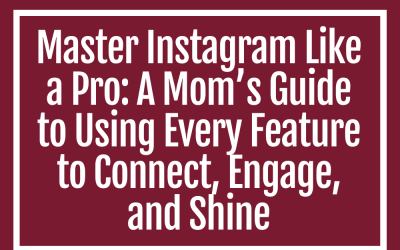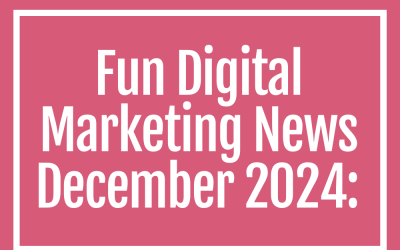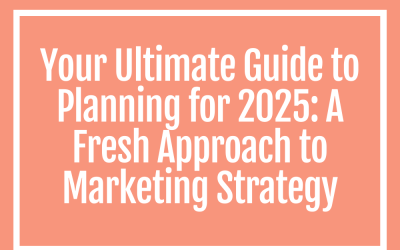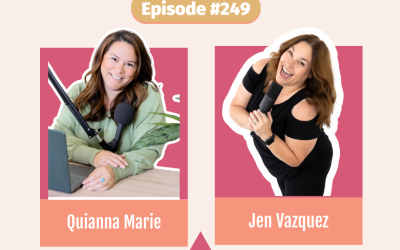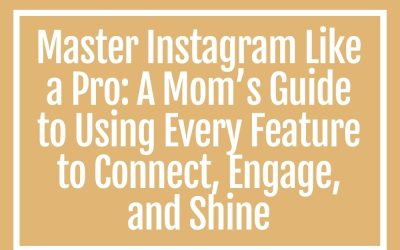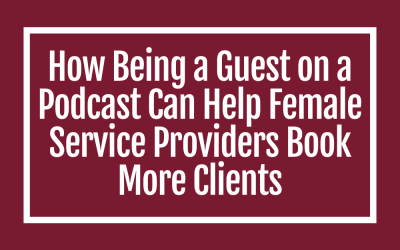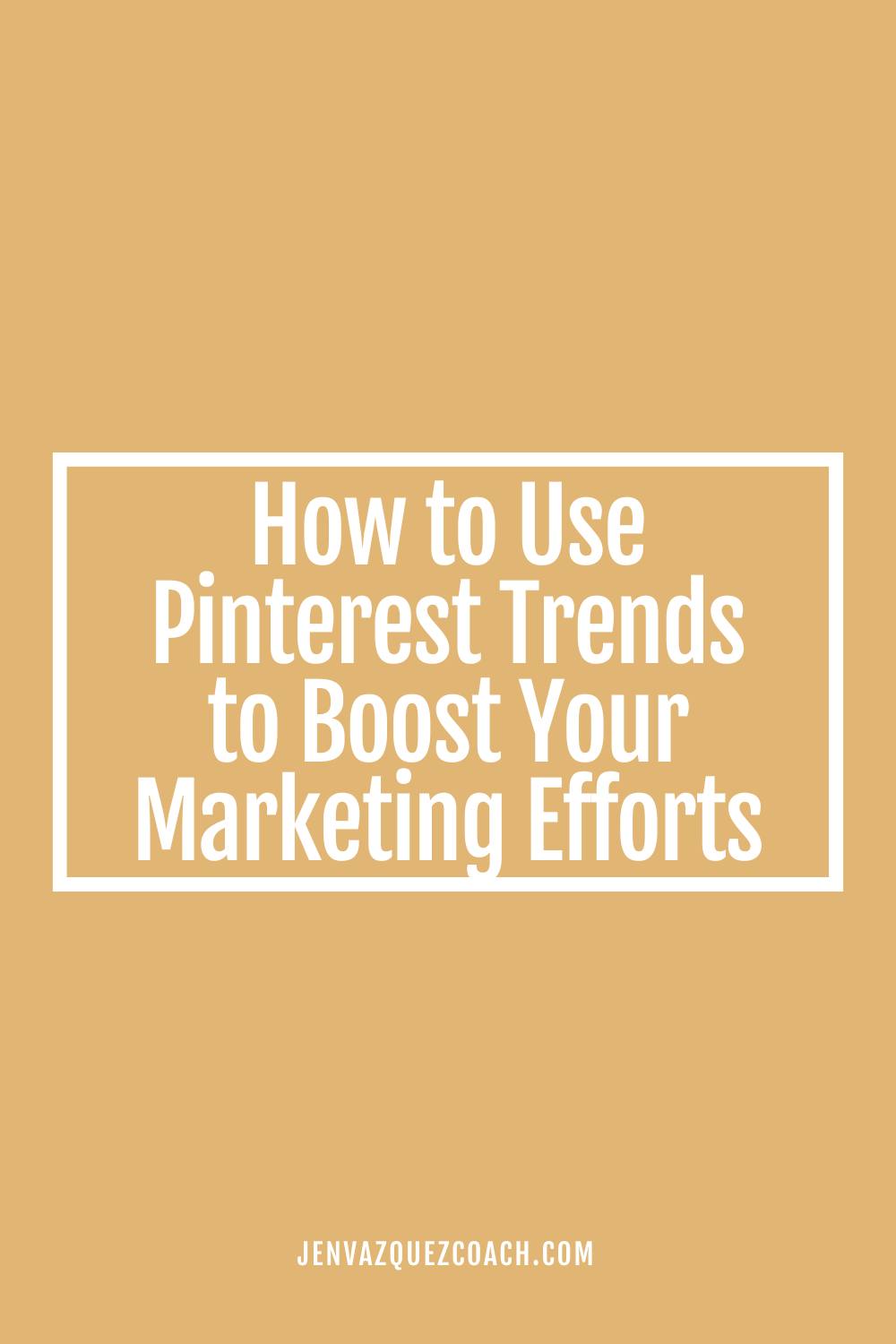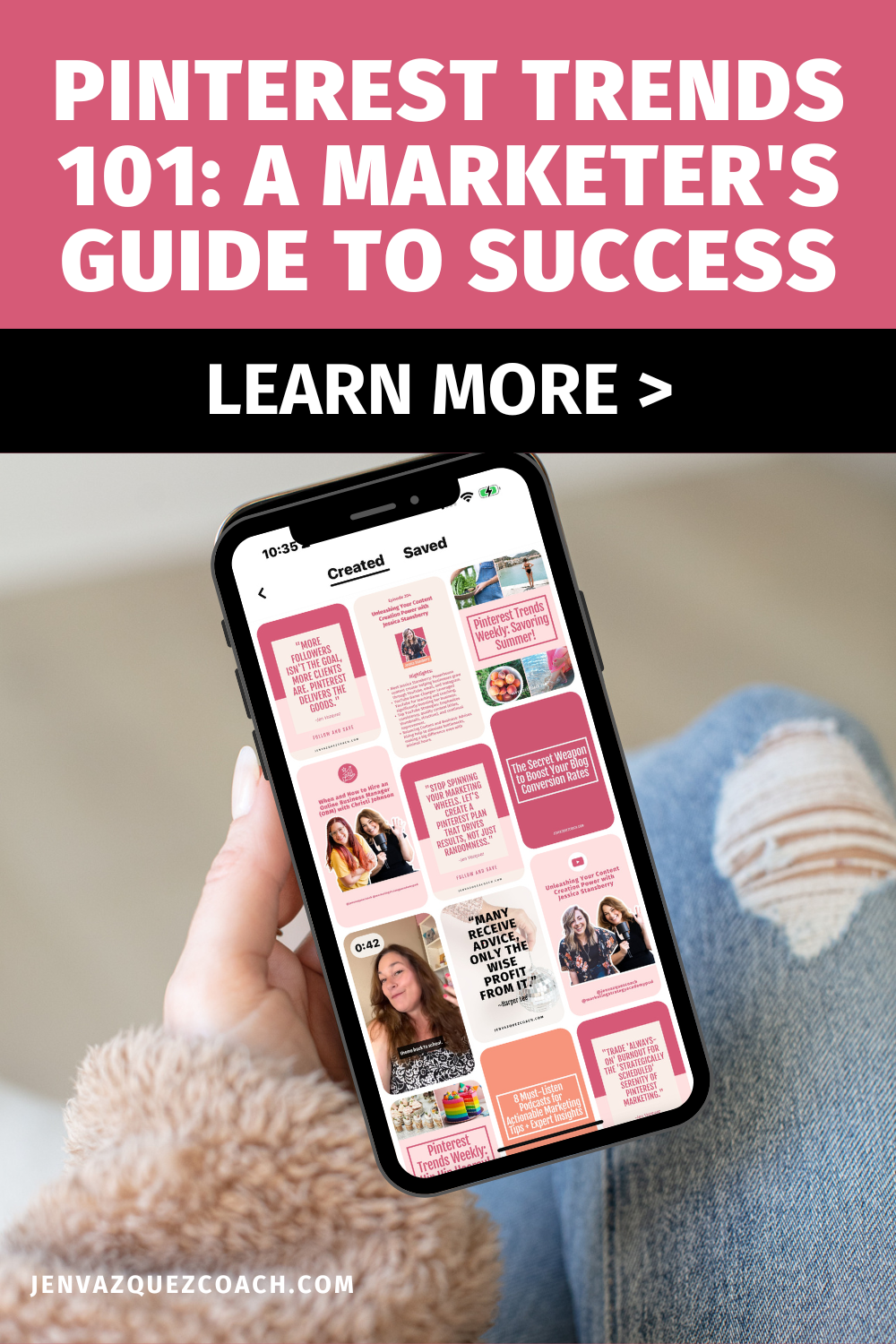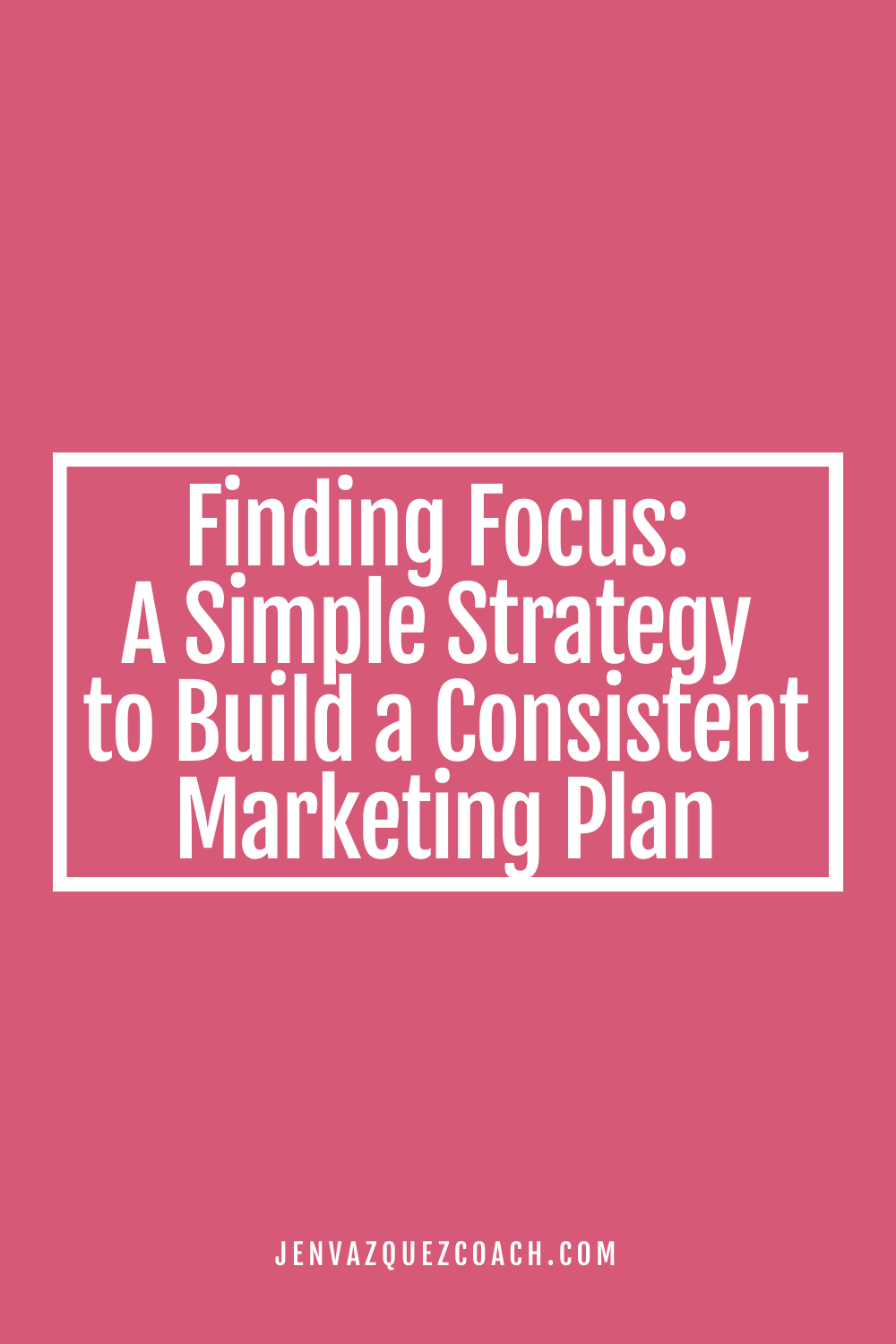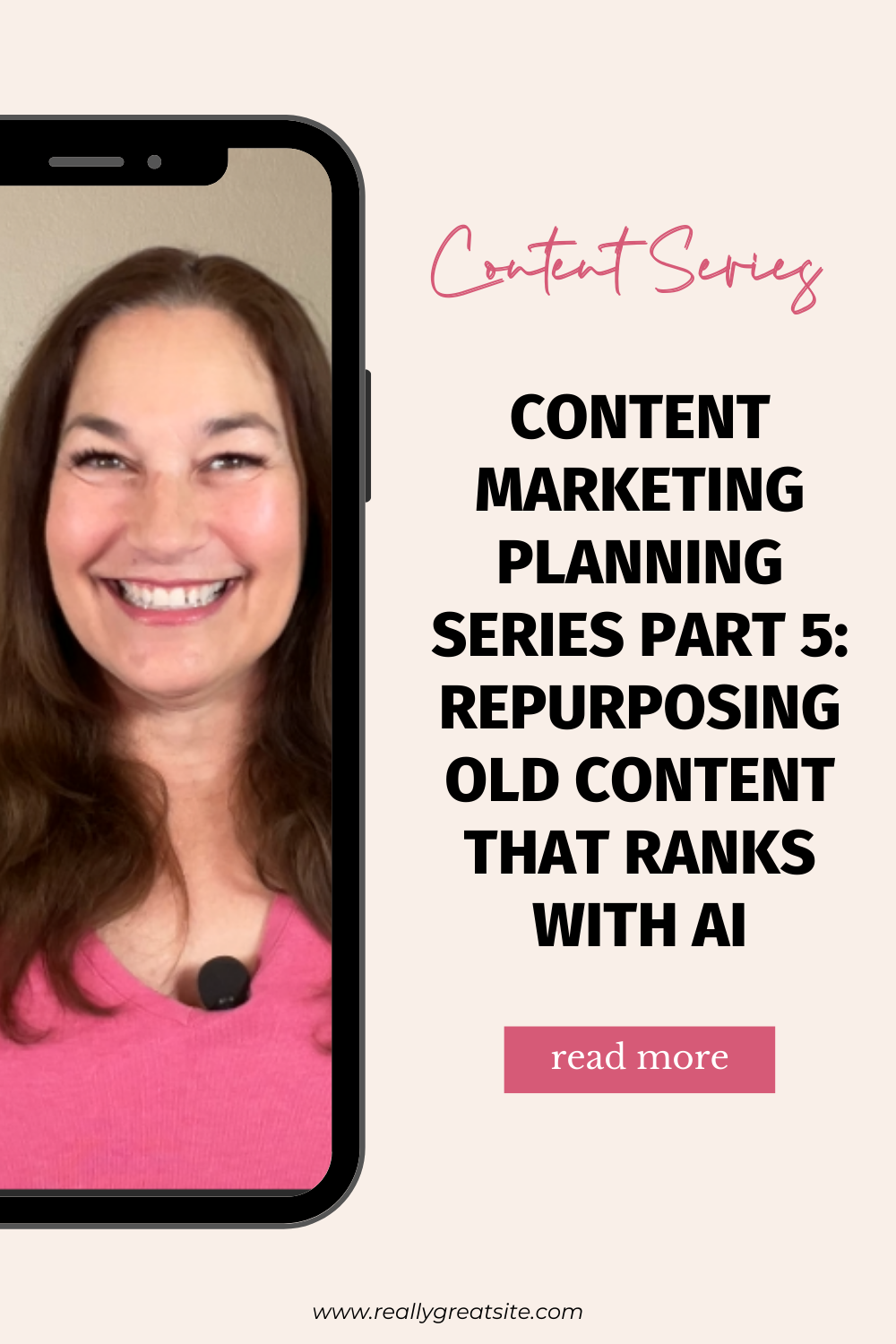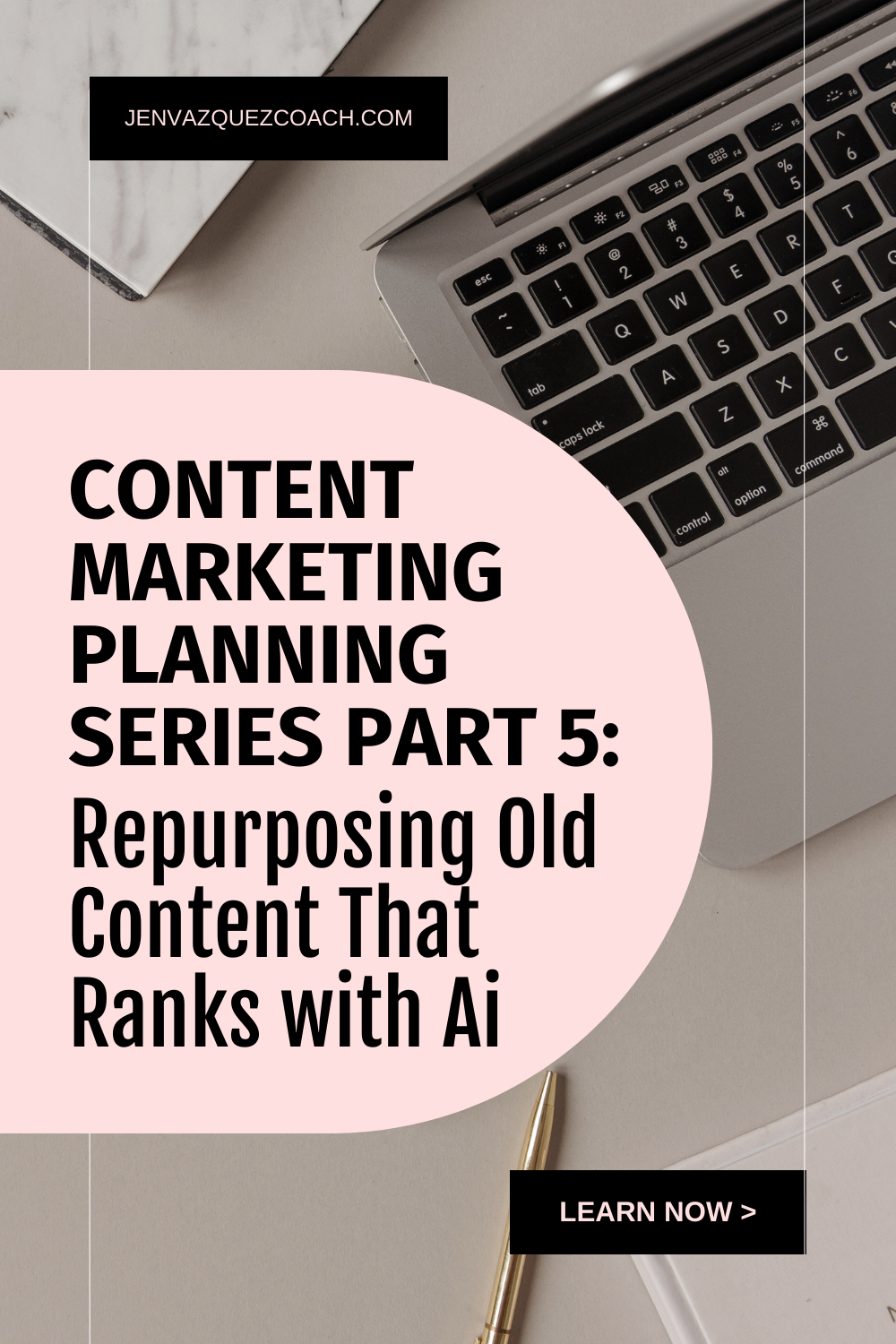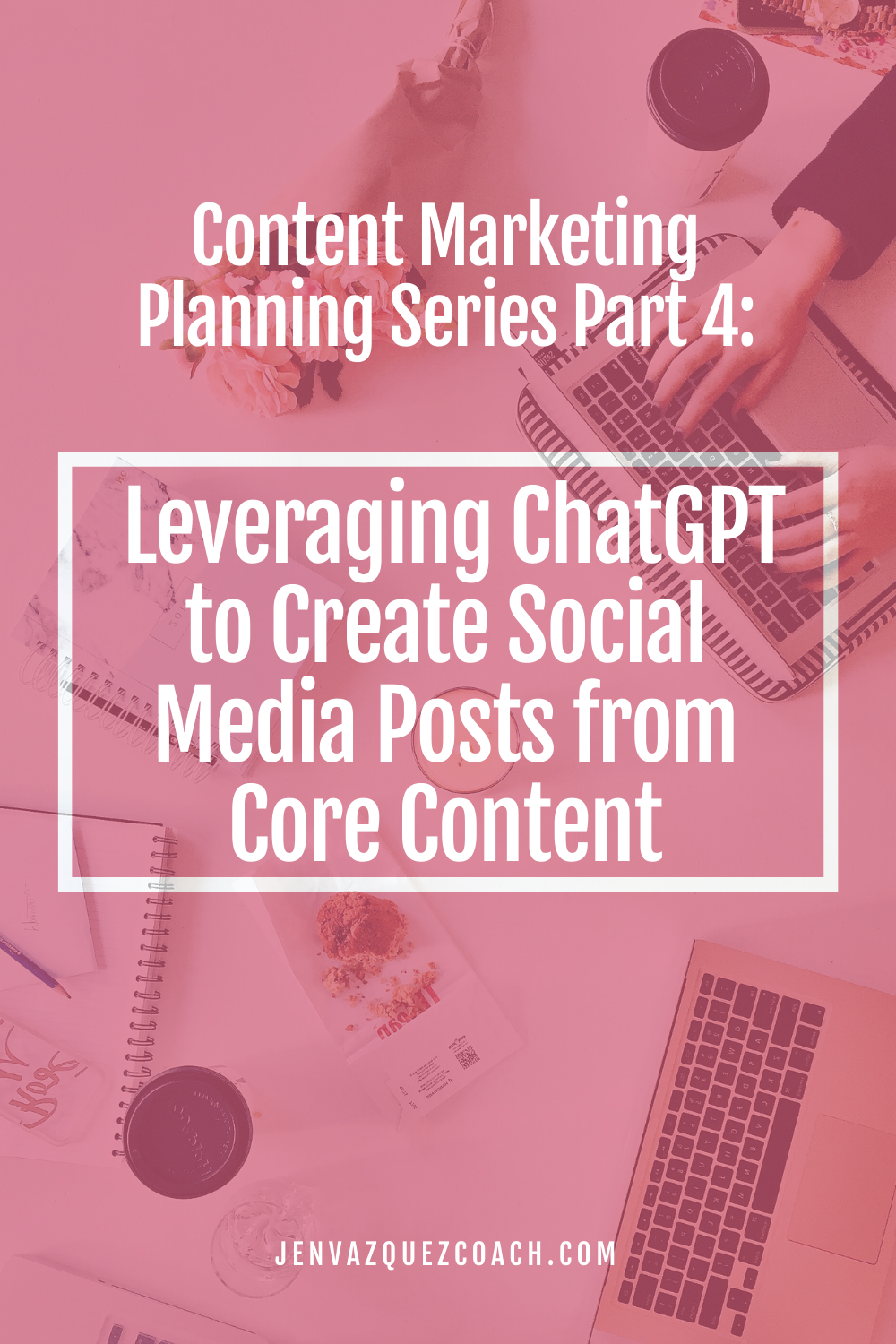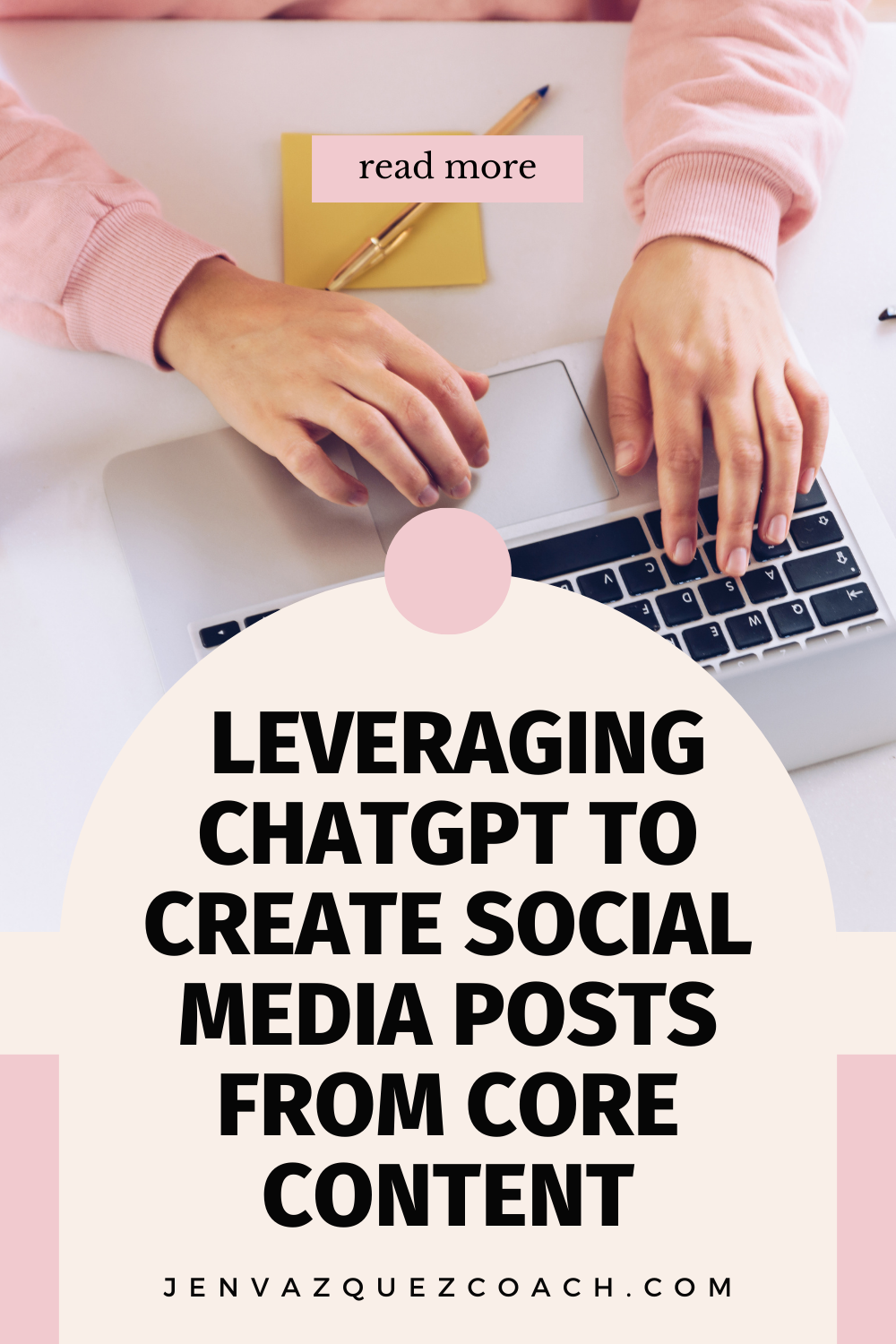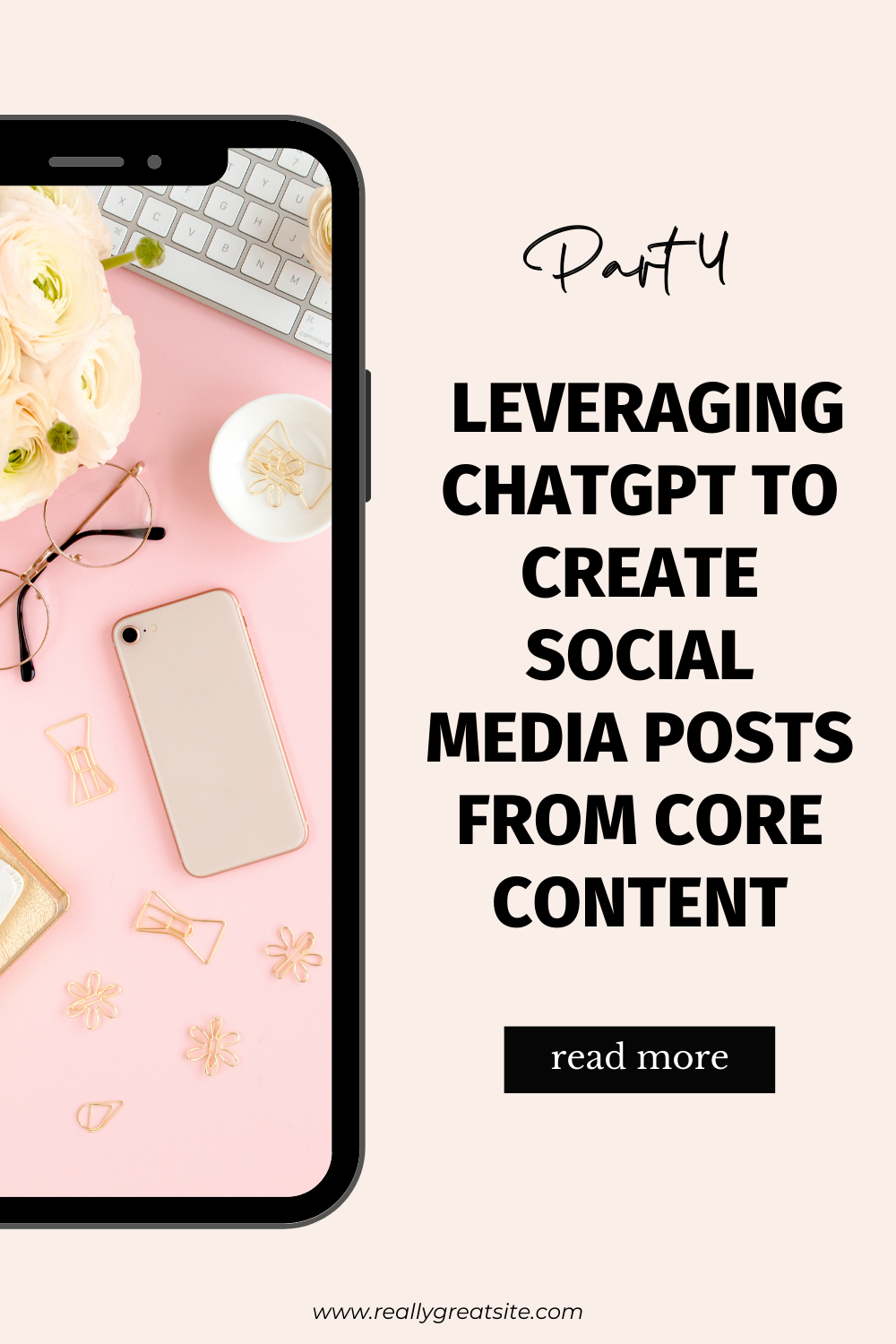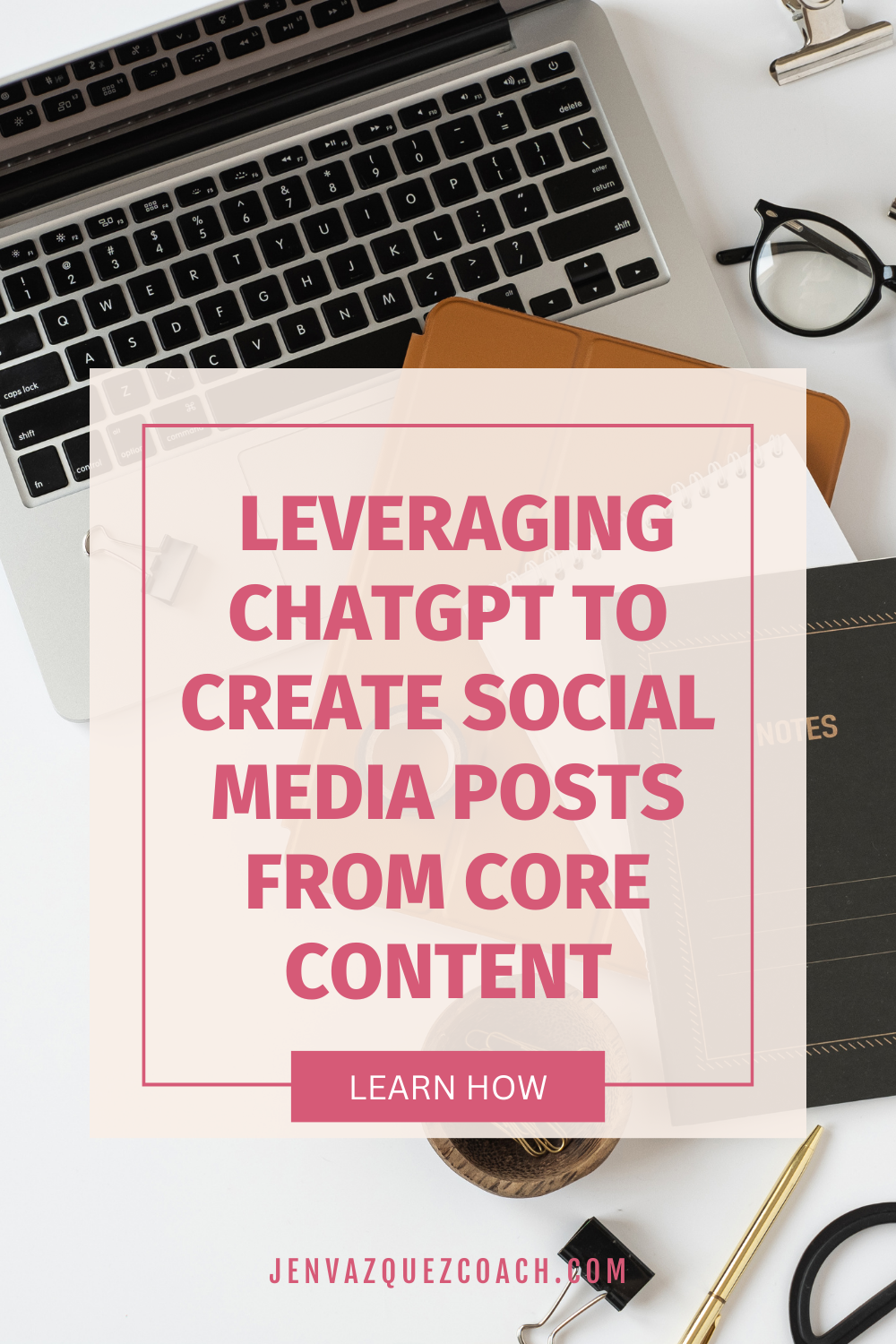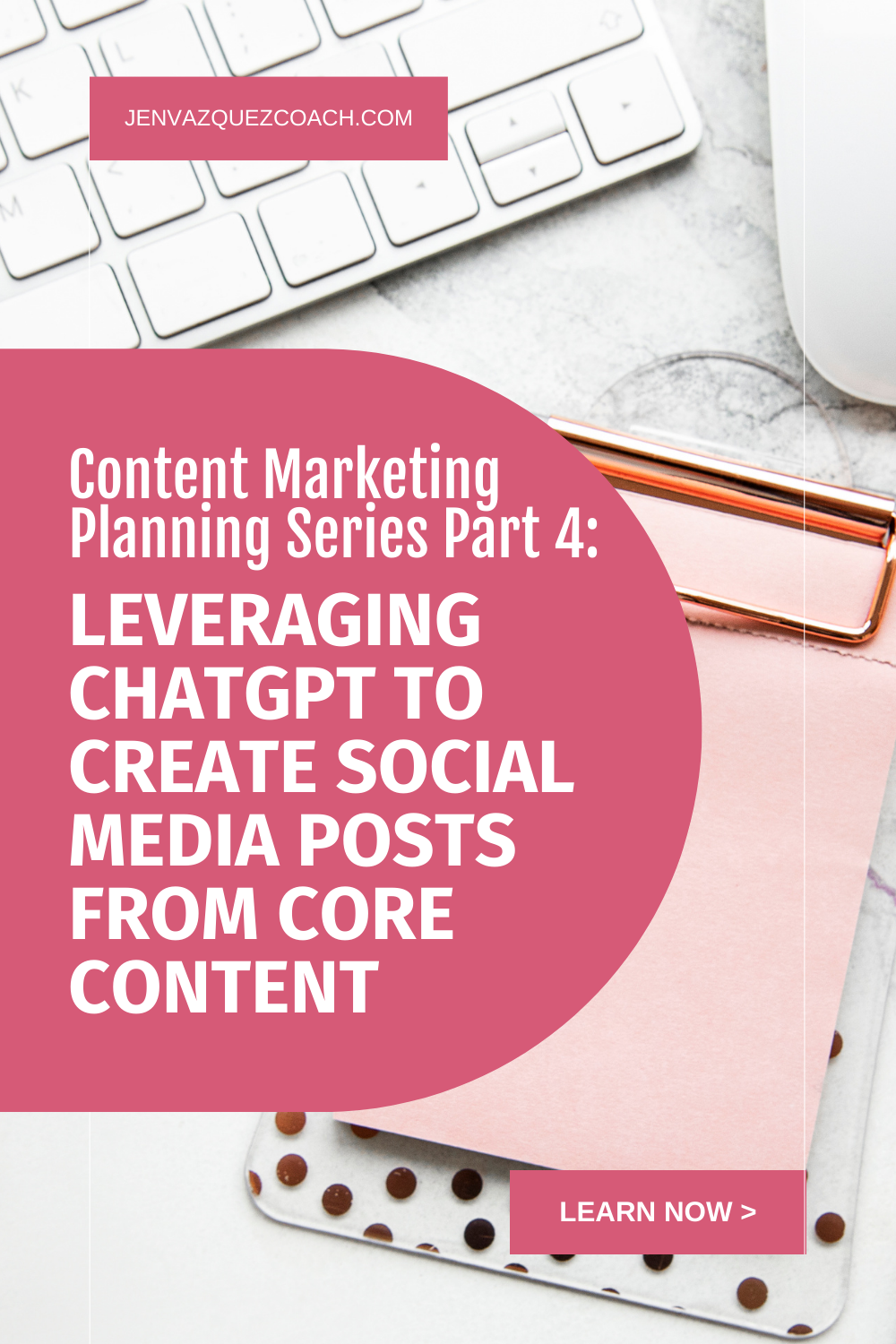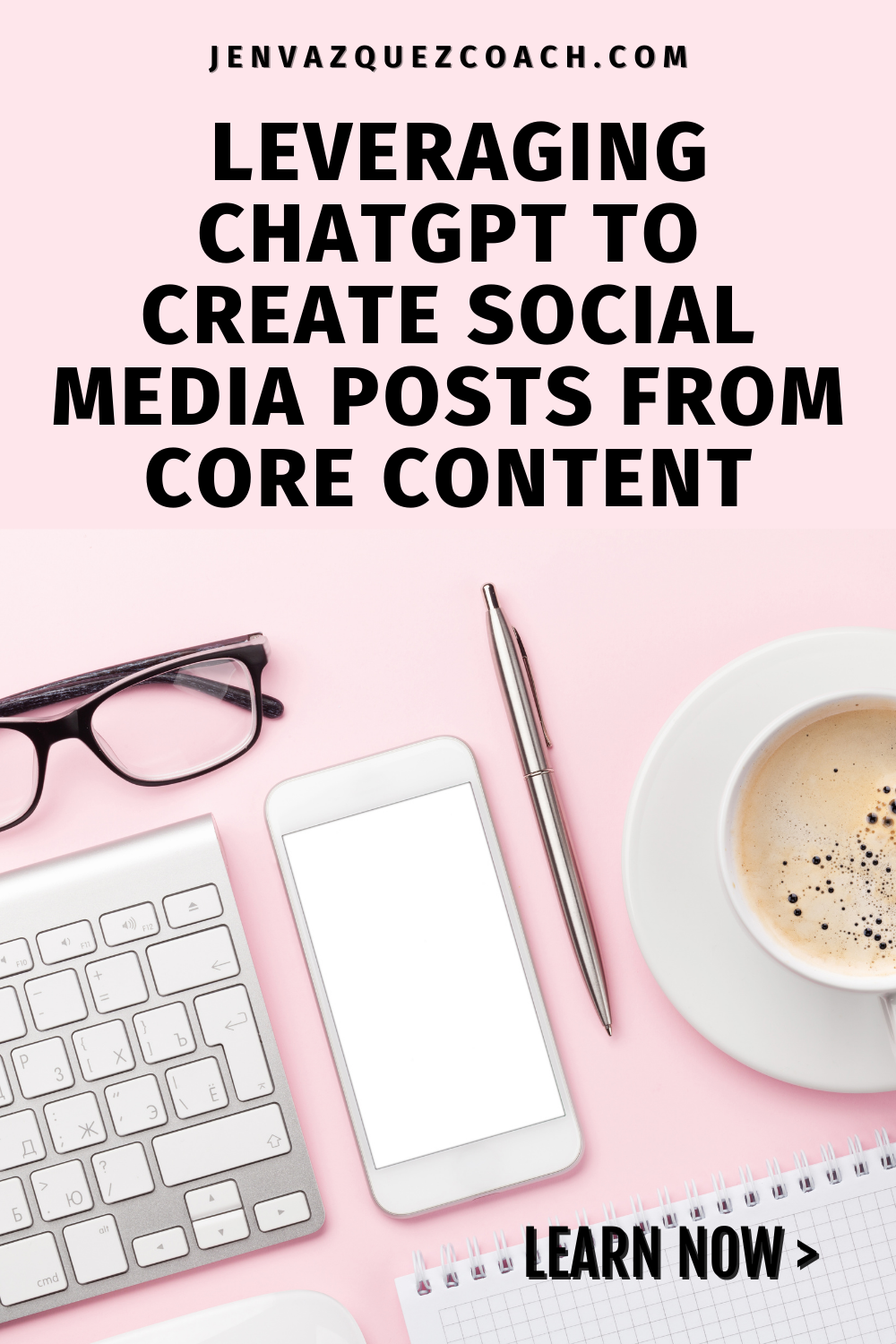Repurposing content is a game-changing strategy for online business success. In the latest Marketing Duo Podcast, Jen Vazquez and Cinthia Pacheco dive deep into how to make your content work smarter, not harder. If you're looking for ways to save time, amplify your...
Your Ultimate Guide to Planning for 2025: A Fresh Approach to Marketing Strategy
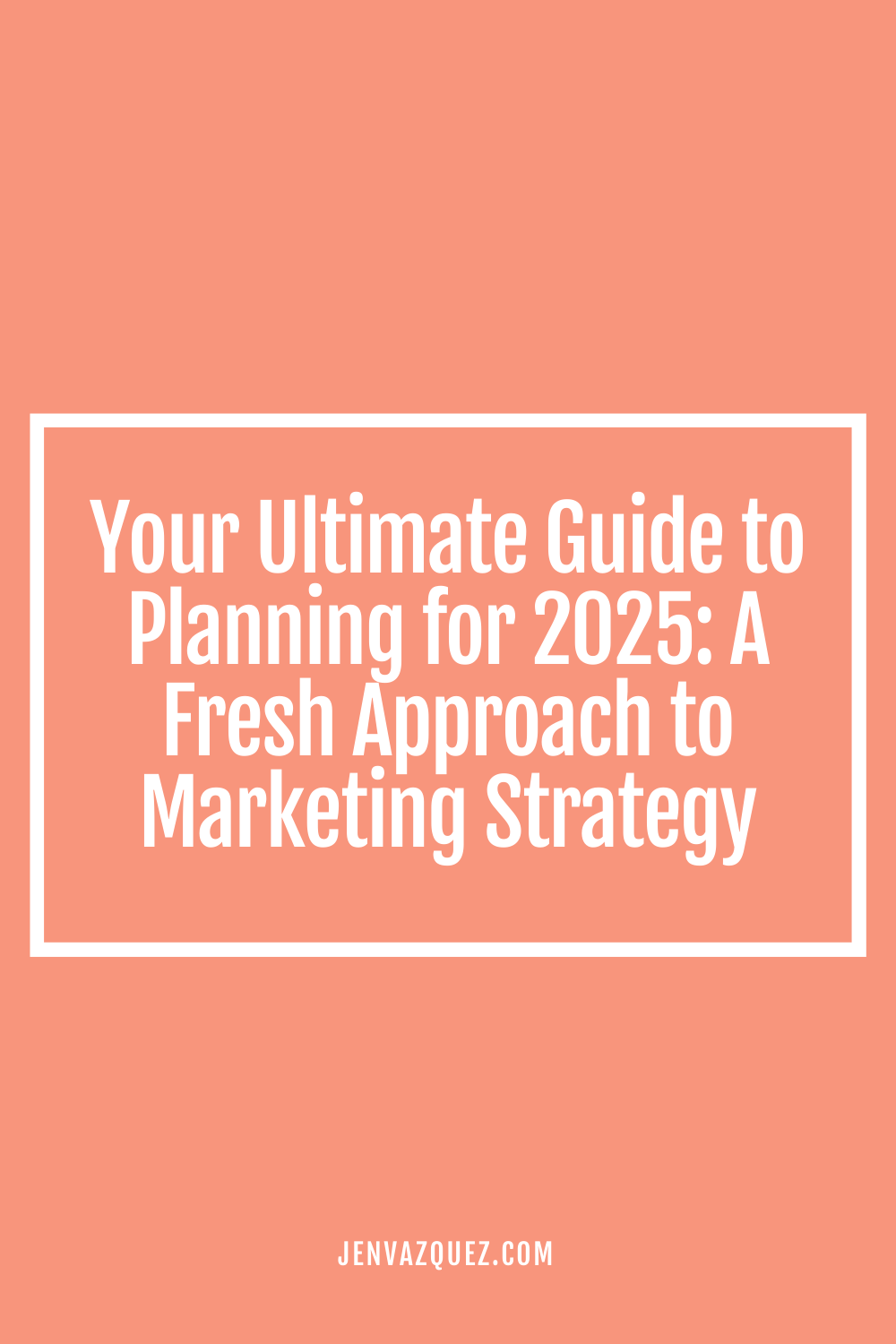
As we approach the new year, it’s time to gear up with a marketing plan that truly works for your business. My planning process isn’t the typical “set-it-and-forget-it” kind of deal—it’s a hands-on, data-driven, and creative workflow that ensures your content is not only fresh but also impactful.
Let’s dive into my step-by-step process for 2025, combining insights, AI tools, and strategic repurposing to simplify and supercharge your marketing efforts.
Step 1: Reviewing Last Year’s Content Performance
Before you can plan ahead, you need to look back. Start by analyzing the content you created in 2024 using tools like Google Search Console. Here’s what to focus on:
- Identify your top-performing content based on impressions and clicks.
- Look for pages with high impressions but low clicks (opportunities to optimize).
- Pinpoint content that consistently ranks well and aligns with your goals for 2025.
Doing this gives you a clear picture of what resonates with your audience and what areas need improvement.
Step 2: Quarterly Planning Based on Data
With your performance review in hand, it’s time to map out your strategy. I recommend a quarterly approach to content planning:
- Set quarterly themes: Break down your yearly goals into smaller, more manageable themes that guide your content focus for each quarter.
- Leverage data insights: Use analytics to decide what topics or keywords to target. Focus on what’s already working and explore related areas to expand your reach.
By planning in quarters, you allow flexibility to pivot as needed while keeping your efforts aligned with long-term goals.
Step 3: Picking Core Content and Using AI
Core content is the backbone of your marketing strategy. These are the cornerstone pieces that you’ll repurpose throughout the year. Here’s how to choose them:
- Select 4–6 main topics aligned with your audience’s pain points and interests.
- Use AI tools like ChatGPT to brainstorm headlines, outlines, or even full drafts to save time and stay creative.
This approach ensures your content is not only intentional but also scalable.
Marketing Accelerator
Learn how to work through planning your content for 2025 by 1:1 coaching with me! Let me help you look back at analytics, learn your business goals, and make recommendations to attract the audience you want to book!
Step 4: Leveraging AI for Social Media
Once your core content is set, extend its life by creating social media posts. Here’s my formula:
- Break down each blog post into smaller chunks or bite-sized tips.
- Use AI to craft engaging captions, tweets, or even Instagram carousel copy.
- Match your social posts with visuals or videos to maximize engagement.
By using AI strategically, you’ll keep your social feeds active without starting from scratch every time.
Step 5: Repurposing Old Content That Ranks
Don’t let high-performing content gather dust! Repurposing is the ultimate way to maximize your efforts:
- Update older blog posts with fresh data, new links, or optimized keywords.
- Transform a popular blog into a podcast episode, video, or infographic.
- Share evergreen content regularly to new audiences.
AI can help here too by suggesting updated headlines, summarizing old posts, or drafting new formats for your content.
Why This Process Works
By blending data insights, creativity, and AI tools, this process makes planning more efficient and impactful. You’ll spend less time creating content and more time engaging with your audience. Plus, by repurposing your best work, you’re not reinventing the wheel—you’re optimizing it for maximum reach.
Are you ready to plan your best year yet? Let’s make 2025 the year your marketing strategy works for you, not the other way around. If you want help, I have a service so I can help you! Check out Marketing Accelerator!
Don’t Forget to Pin It!

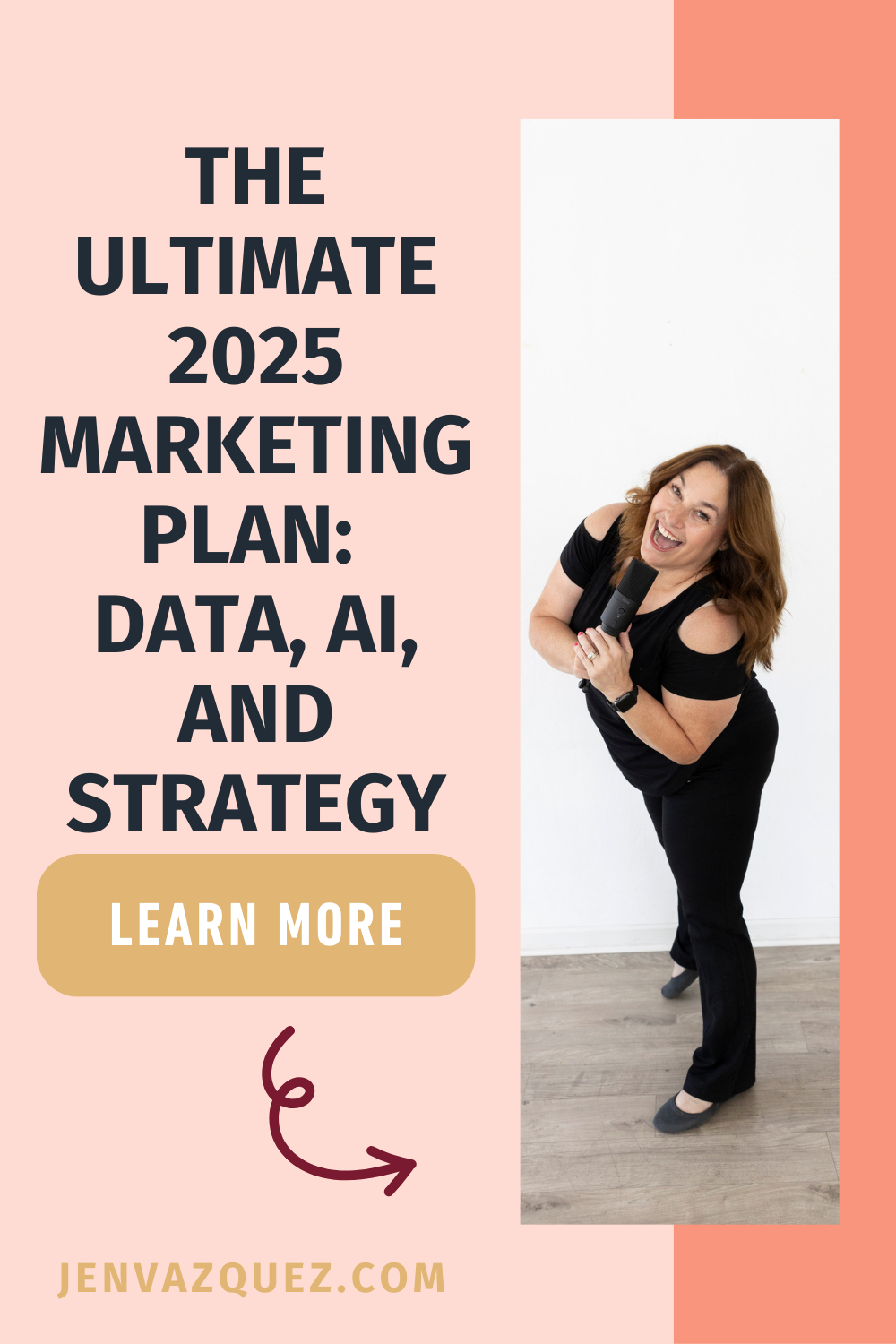

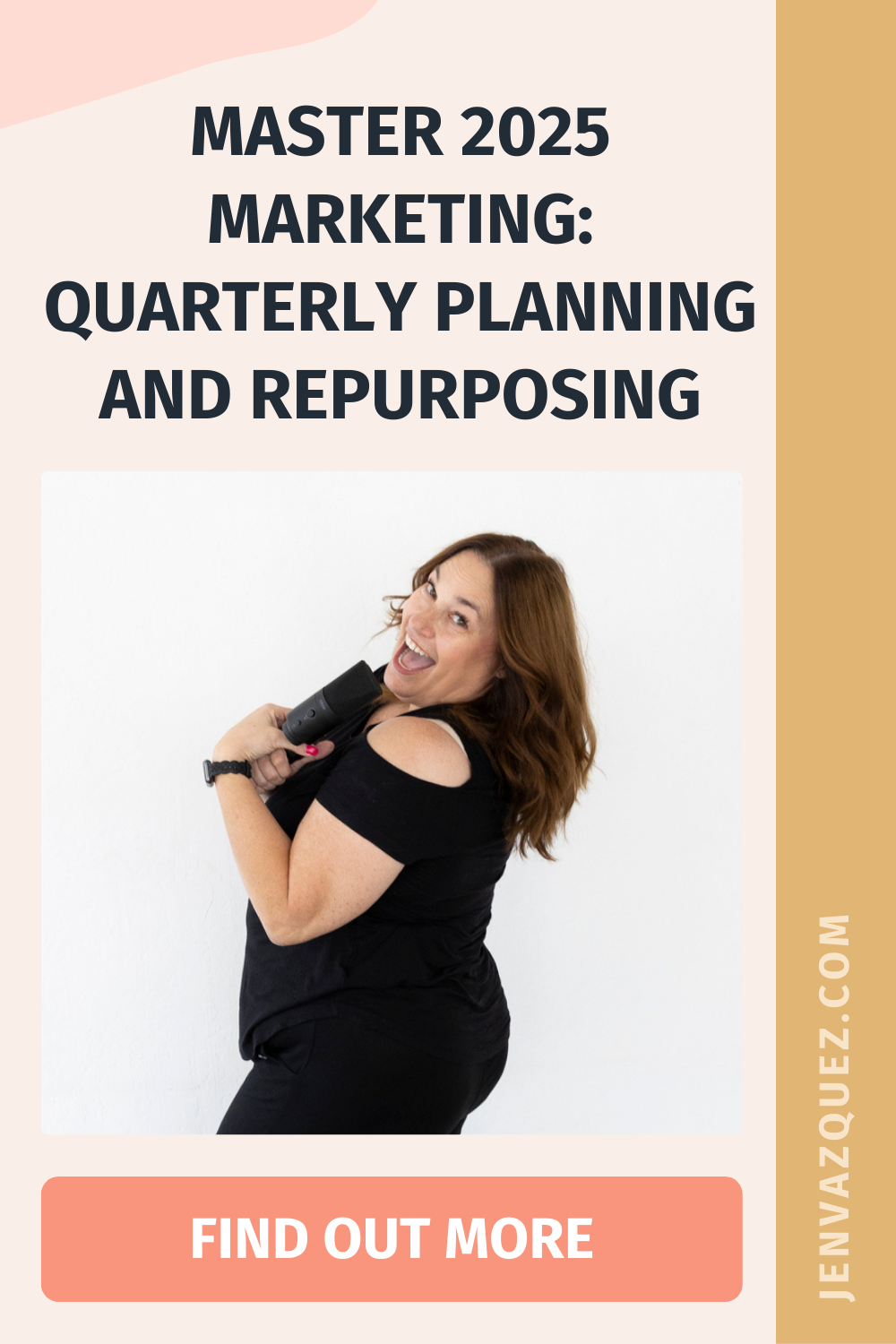

Here is more information that may be helpful!
7 | How to Repurpose Content for Maximum Business Success
6 | Fun Digital Marketing News December 2024: Marketing News Roundup: AI Growth, Pinterest Updates, and a Free Summit You Can’t Miss
Fun Digital Marketing News December 2024: Marketing News Roundup: AI Growth, Pinterest Updates, and a Free Summit You Can’t Miss This week on the blog, we’re diving into some exciting marketing news – including jaw-dropping AI developments, Pinterest’s latest tools,...
Your Ultimate Guide to Planning for 2025: A Fresh Approach to Marketing Strategy
As we approach the new year, it’s time to gear up with a marketing plan that truly works for your business. My planning process isn’t the typical "set-it-and-forget-it" kind of deal—it’s a hands-on, data-driven, and creative workflow that ensures your content is not...
249 | B-Roll Strategies for Success with Quianna Marie
Have you ever wondered how behind-the-scenes (BTS) content can take ordinary moments in your business and turn them into powerful tools to connect with your audience? This blog dives into why BTS content is a must-have in your strategy, how it builds trust and...
Pinterest Predicts 2025: What’s Trending and How to Ride the Wave
Discover Pinterest Predicts 2025 trends, from Castlecore’s medieval vibes to Cherry-Coded reds and Sea Witchery styles. Perfect for creators and businesses ready to embrace the next big thing in fashion, beauty, and lifestyle!
Master Instagram Like a Pro: A Mom’s Guide to Using Every Feature to Connect, Engage, and Shine
Master Instagram Like a Pro: A Mom’s Guide to Using Every Feature to Connect, Engage, and Shine Ever feel like Instagram’s got more “features” than you have coffee cups in the cupboard? 🤪 It’s kind of like mom life—so many moving parts, each needing its own little...
Pinterest Trends Weekly: Gifting Galore
Pinterest Trends Weekly: Headed for The Holidays Pinterest is buzzing with inspiration, and this week’s trends are all about Gifting Galore. From creative gift ideas to wrapping essentials, Pinterest users are diving into all things holiday-related. With over 537...
Pinterest Trends Weekly: Headed for The Holidays
Pinterest Trends Weekly: Headed for The Holidays What’s trending now on Pinterest? Headed for The Holidays! This week on Pinterest, searches for holiday spreads, gifts, and styles are trending across the platform. Key trends 5x increase in “friendmas party ideas” 4x...
How Being a Guest on a Podcast Can Help Female Service Providers Book More Clients
Learn how guest podcasting can help female service providers attract more clients, build trust, and grow their business with simple strategies.
Pinterest Trends Weekly: Welcoming Winter
Pinterest Trends Weekly: Welcoming Winter What’s trending now on Pintertest? Welcoming winter! From cozy home essentials to layers of wardrobe warmth, searches inspired by chilly winter weather are trending on Pinterest this week!Key trends 12x increase in “cozy...
